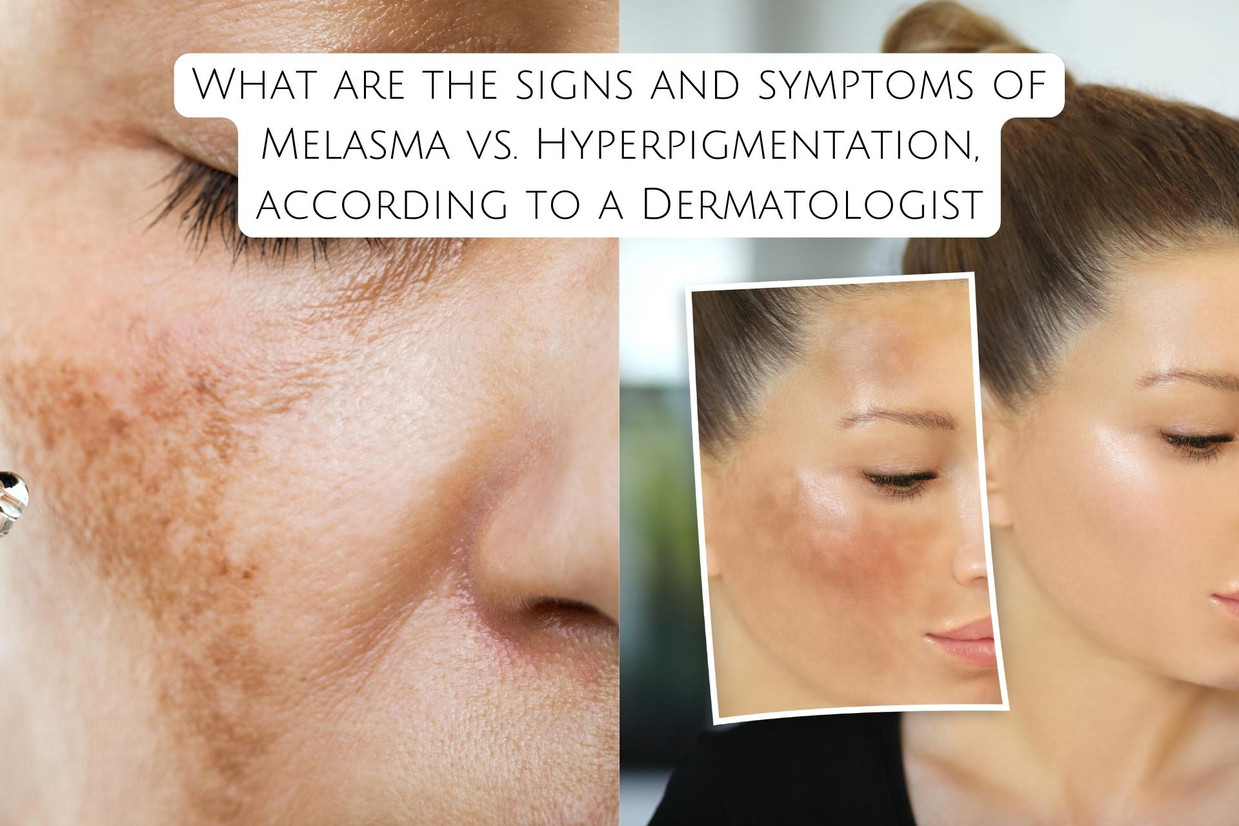What are the signs and symptoms of Melasma vs. Hyperpigmentation, according to a Dermatologist
Melasma vs. Hyperpigmentation: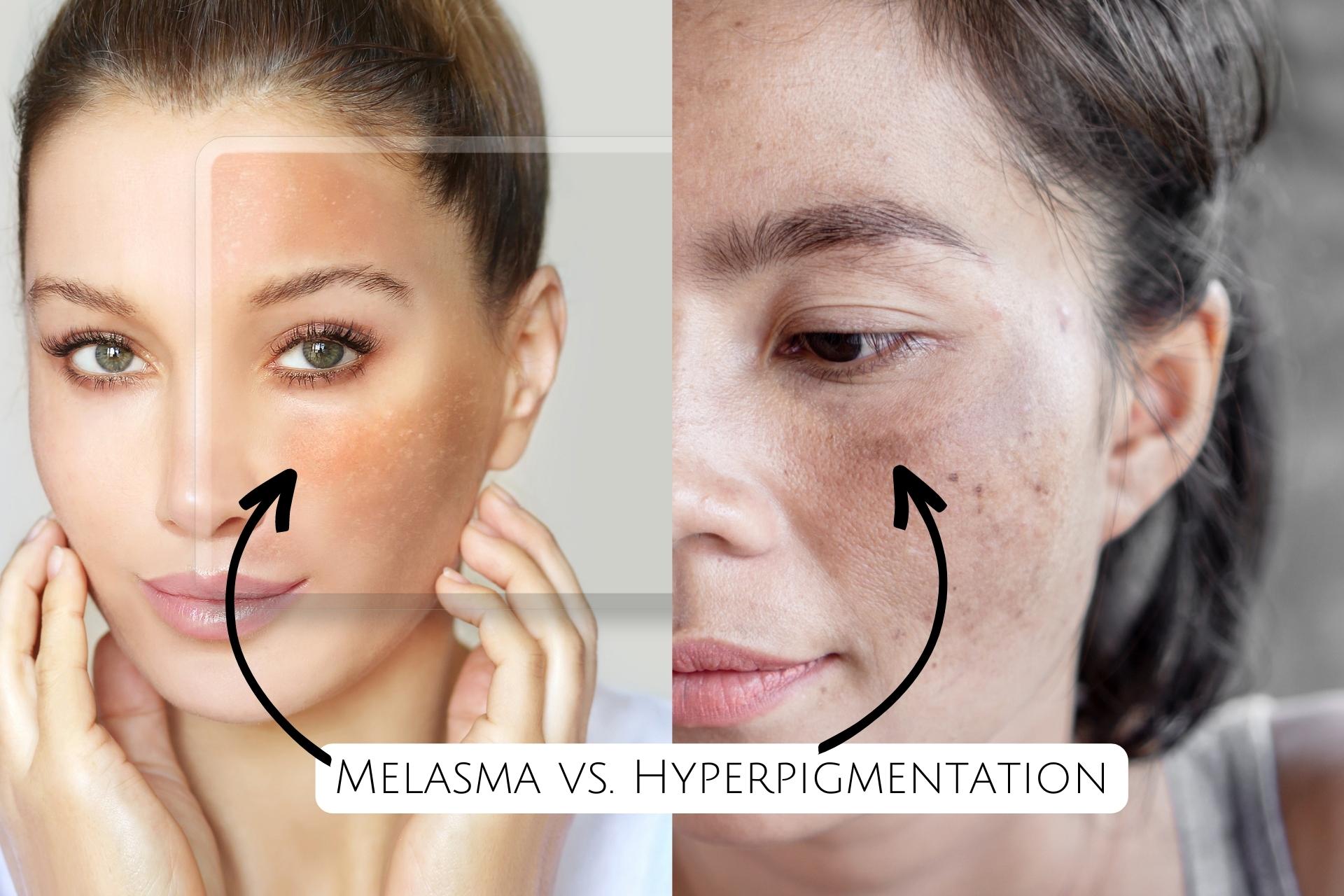
Melasma is a skin condition where patches of darkening or one-toned skin develop on the face, neck, and upper arms. Hyperpigmentation is also an issue that may develop on the skin. Derm will help you know how to spot the difference between melasma vs. hyperpigmentation. The most visible difference between melasma & hyperpigmentation may exist in the color differences in their appearance because they both appear to be dark patches, but they are different conditions that require different treatments and care. Melasma is typically caused by hormonal changes while hyperpigmentation can be triggered by sun exposure or a reaction to certain medications.
Melasma vs Hyperpigmentation:
Comparison Melasma Hyperpigmentation Exact Cause Unknown. It's been suggested that melasma is caused by hormonal changes while hyperpigmentation is a reaction to sun exposure or a reaction to certain drugs. Generally, appears as dark patches. Dark patches are often mistaken for melasma, but they are actually different conditions. Melasma is typically caused by hormonal changes while hyperpigmentation often occurs after sun exposure or a reaction to certain medications. Treatment Hormonal treatments can help reduce the symptoms of melasma while other options like topical treatments, laser treatment, and surgery can help reduce the appearance of hyperpigmentation. Treatments vary depending on which condition you have, and it may be affected by your skin type.
Types of Hyperpigmentation:

1)Primary pigmentary disorders:
Differences in the appearance of your skin are more common than you might think. Some people are prone to developing skin conditions like eczema & acne, while others may struggle with too much pigment in their skin. This is due to the primary pigmentary disorders where hyperpigmentation occurs without any other symptoms. People with melasma typically have discolored patches on their skin that create a 'spots' or 'butterflies' effect.
2)Post-inflammatory hyperpigmentation:

If you have an easy time tanning and get a lot of inflammation on your skin, your hyperpigmentation may last anywhere from a few weeks to months. Acne is one of the most common causes of this, along with eczema.
3)Sun-induced hyperpigmentation:

People are often aware of the sun's ability to age and even cause wrinkles, but they aren't always aware that UV rays can also cause red pigmentation and potentially visible marks on the skin. In fact, those two effects typically present in tandem with sunspots born naturally or because of intentional tanning.
It's important to note that estrogen levels can trigger melasma in some women, so it commonly presents during pregnancy or after childbirth. It also commonly occurs in men, even if they're not on hormonal birth control or other medications that might cause this side effect. People of any skin color may be hairless; in which case the hair follicles produce less oil.
This is a very complex condition with many triggers and factors to consider. There's some evidence suggesting that melasma tends to flare in the summer months and improve during the winter. But there's also some evidence that pollution exacerbates it. And facial skin exposed to too much visible or UV light can also worsen symptoms of melasma.
Treating sun-induced hyperpigmentation:
Prevention
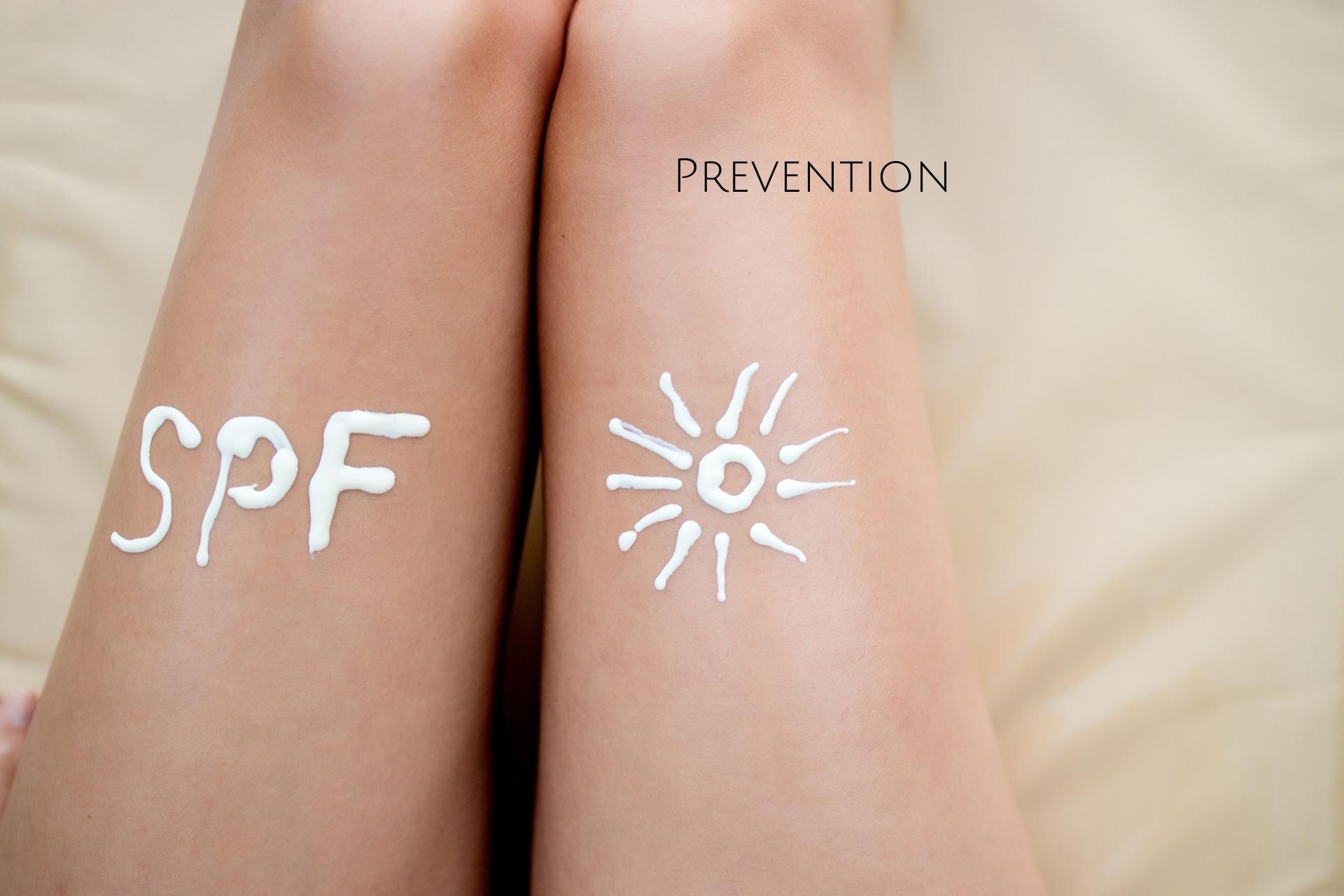
This type of hyperpigmentation will gradually darken the skin over time. The best way to prevent this type is through diligent sun protection.
Topicals
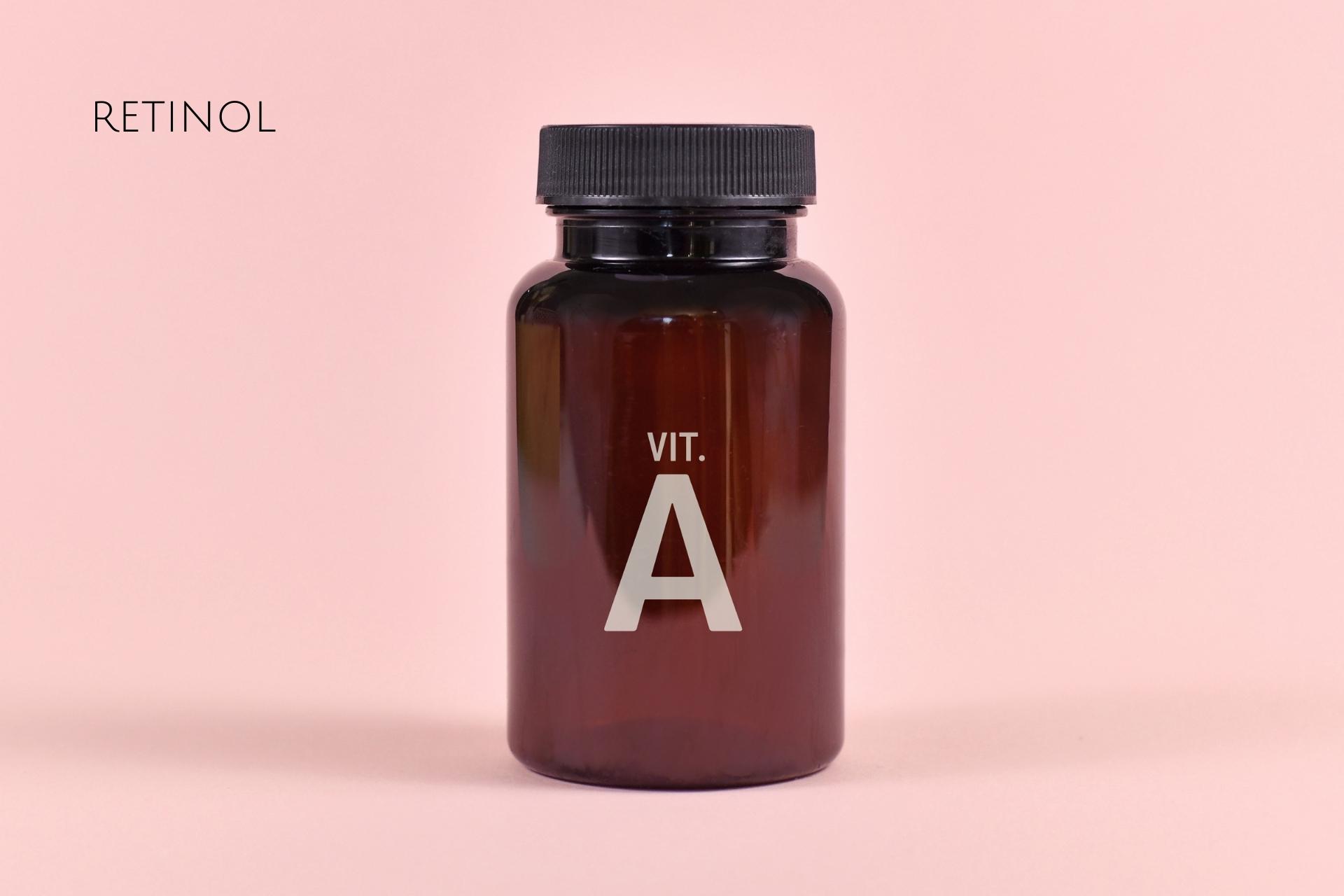
Sun damage can change a person's skin color and cause hyperpigmentation. Using topical antioxidants & retinol can help to reverse some of the damage and prevent further pigmentation.
Chemical peels
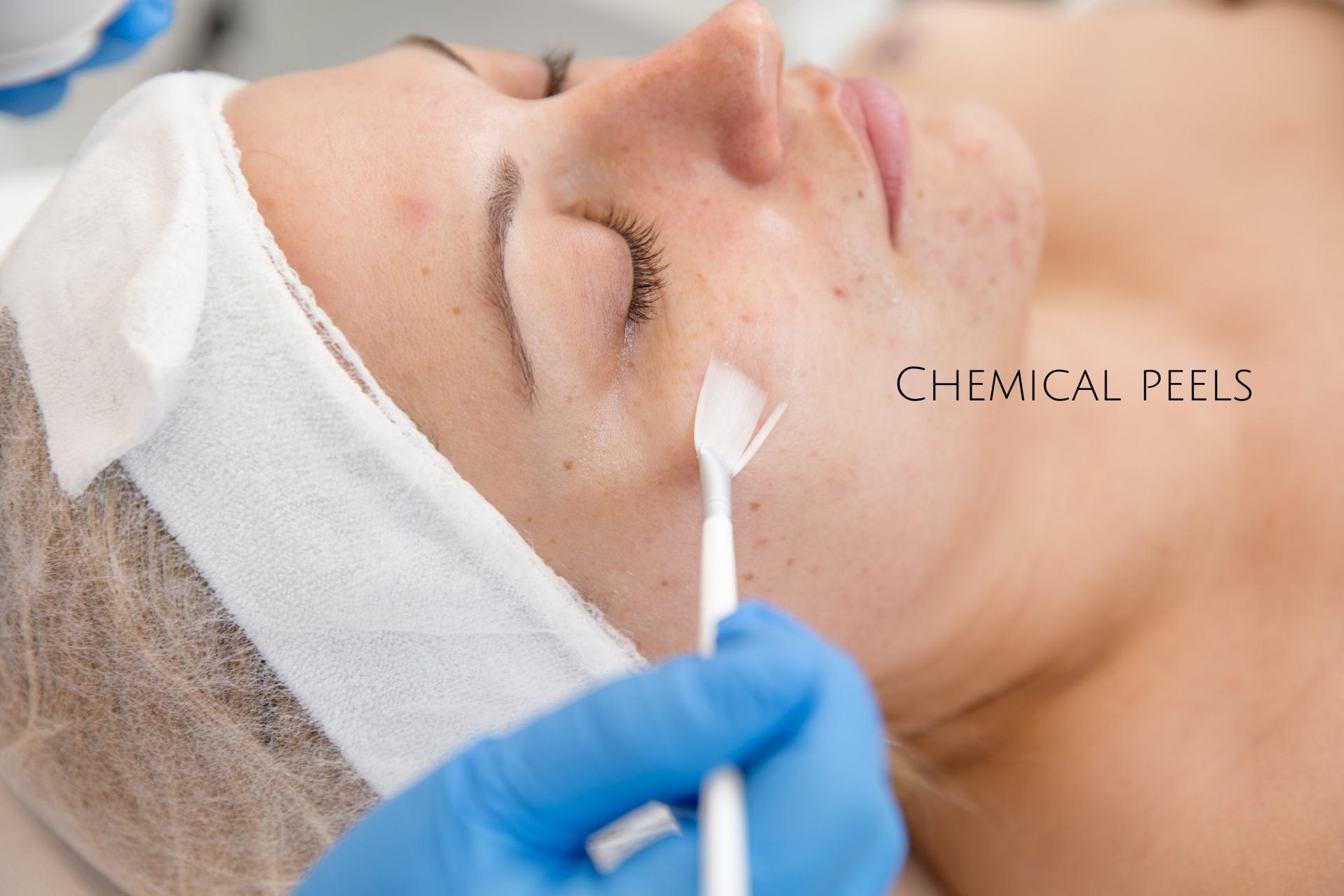
Chemical peels can improve sun-induced hyperpigmentation by removing excess melanin. However, some people experience adverse effects that may warrant discontinuation of treatment.
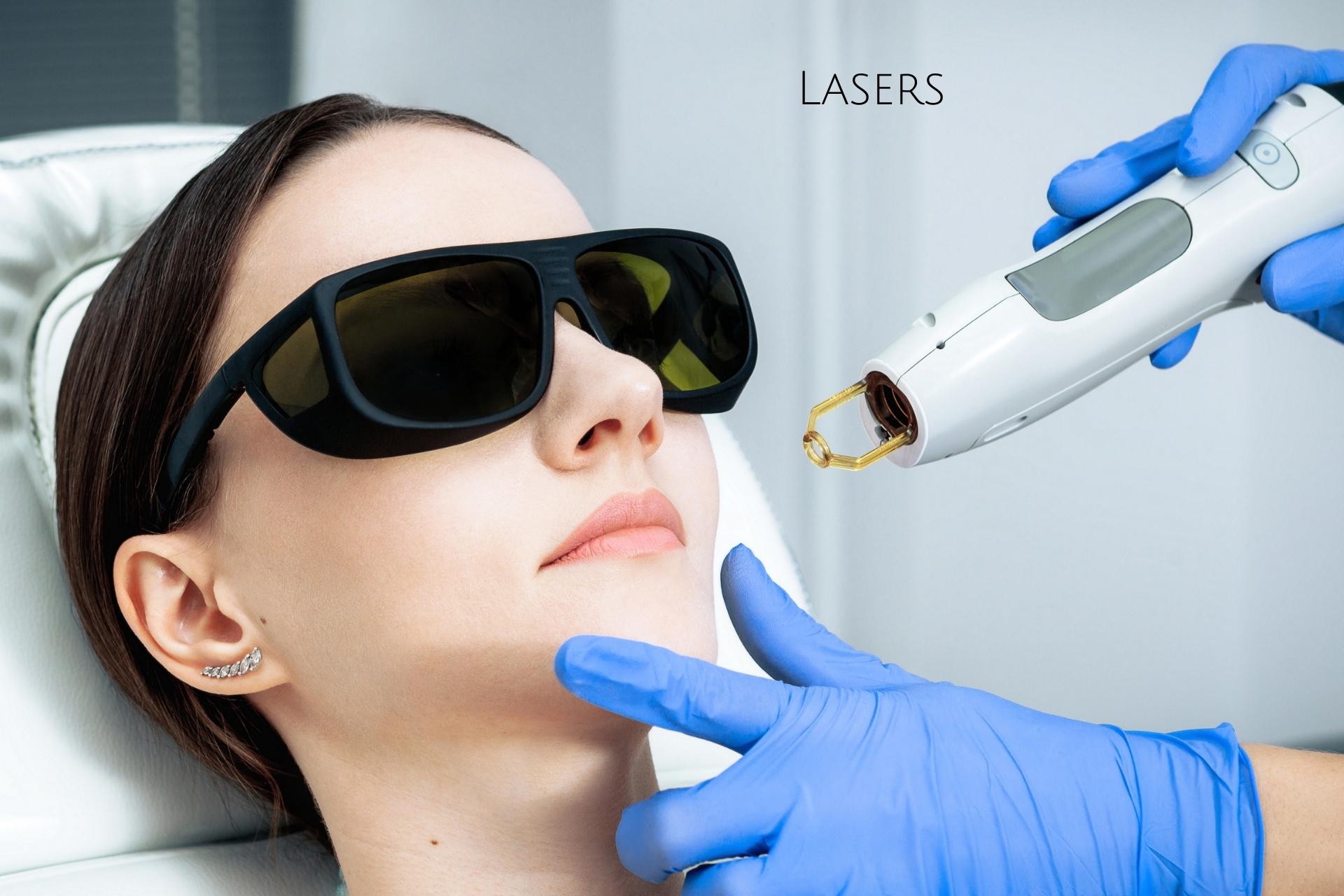
IPL therapy has been shown to be effective in treating spots that can develop when sun exposure leaves marks behind on the skin. It may use a 755-nm or 1064-nm laser and can be used over existing lightning marks, helping them fade further.
Treating post-inflammatory hyperpigmentation:
Prevention
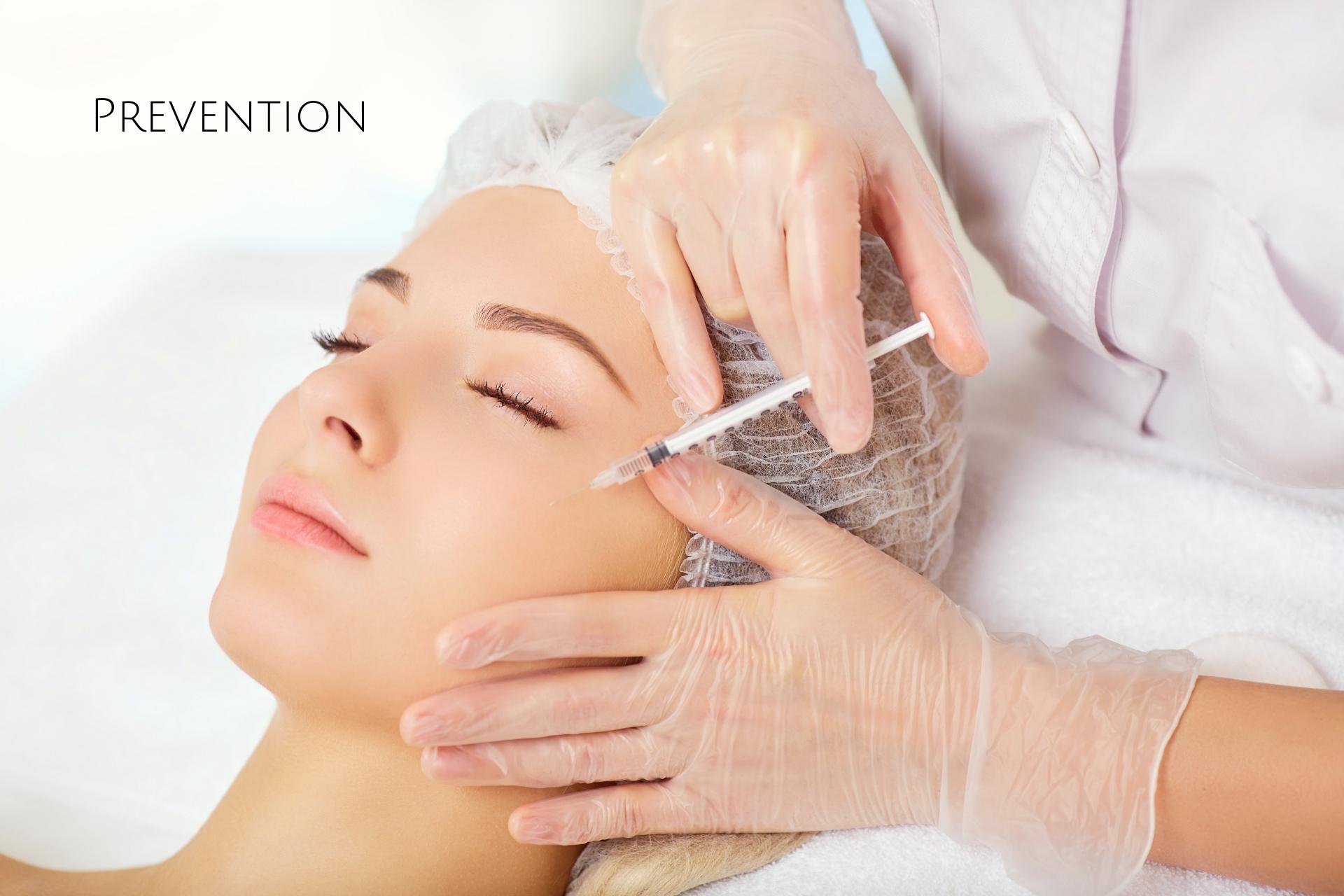
Early treatment of the underlying cause of post-inflammatory hyperpigmentation may be the most effective way to treat this condition. This is because it typically lasts longer than the preceding skin eruption and allows the treatment time needed to achieve peak hormonal results. Topical, oral, or injectable medications can help prevent the development of this skin eruption.
Topicals

For acne patients, a daily routine that includes retinol, azelaic acid, and vitamin C is helpful to minimize post-inflammatory hyperpigmentation. These topical treatments may decrease the severity of hyperpigmentation and help with signs of aging. The main drawback to topical medications is their expense. Many patients with eczema will have trouble affording them. Those with sensitive skin should be wary of irritant ingredients that may make the condition worse.
Chemical peels
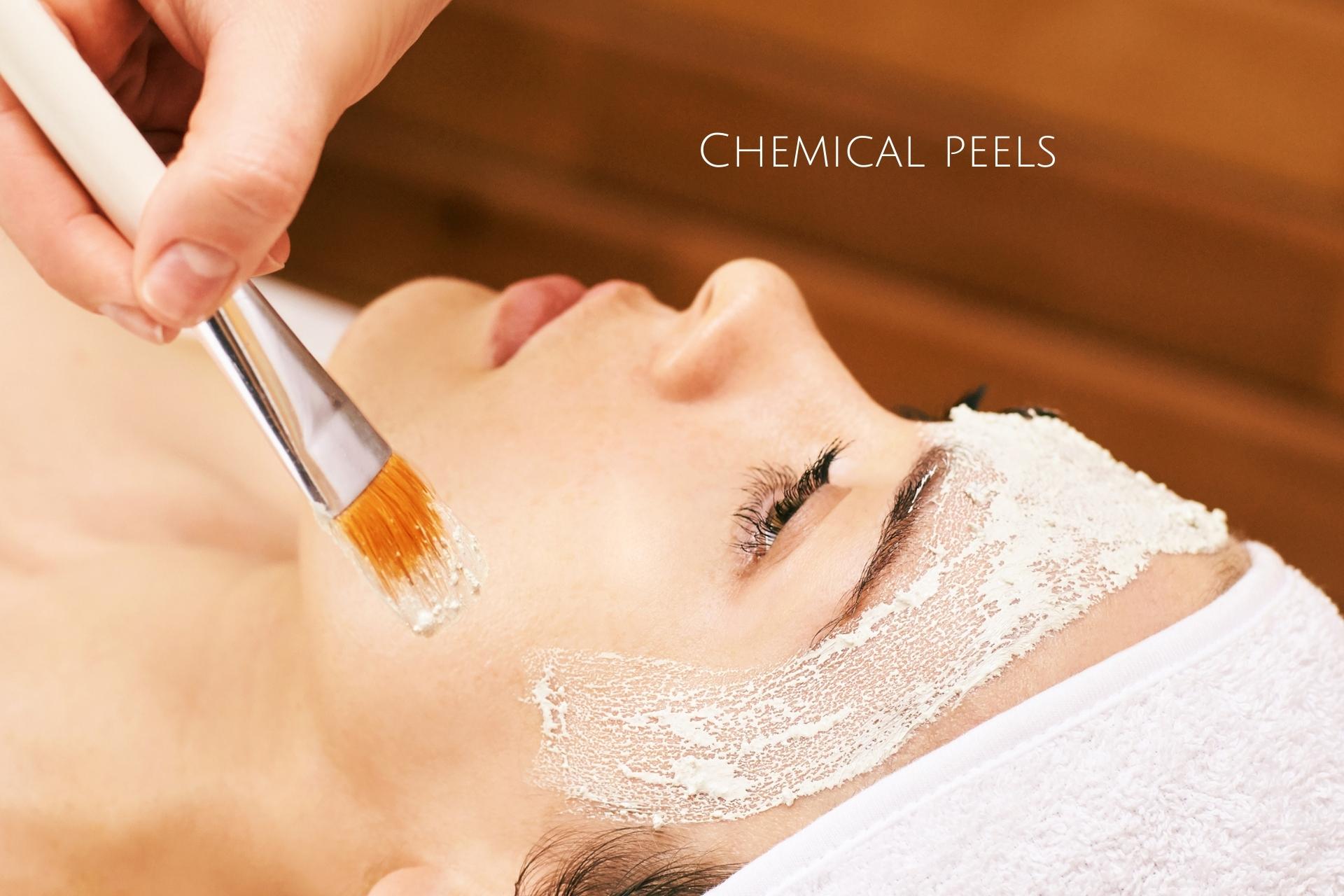
Chemical peels are becoming more and more popular and have been shown to be helpful for many skin complaints. Professionally applied chemical peels can help improve hyperpigmentation caused by acne, sunburns, or congestive erythema of rosacea. Under expert guidance, chemical peels can reduce signs of acne. A happy medium is to use them after a series of unhelpful treatments to help give the most visible improvements with no potential damage.

Laser treatments are an excellent option for those with post-inflammatory hyperpigmentation. They can help to improve the appearance of skin tone and reduce the visibility of any scars or blemishes. However, these treatments should be undergone only by those who understand how lasers work and how they could react on individual skin types.
Prevention and Treatment of Melasma:
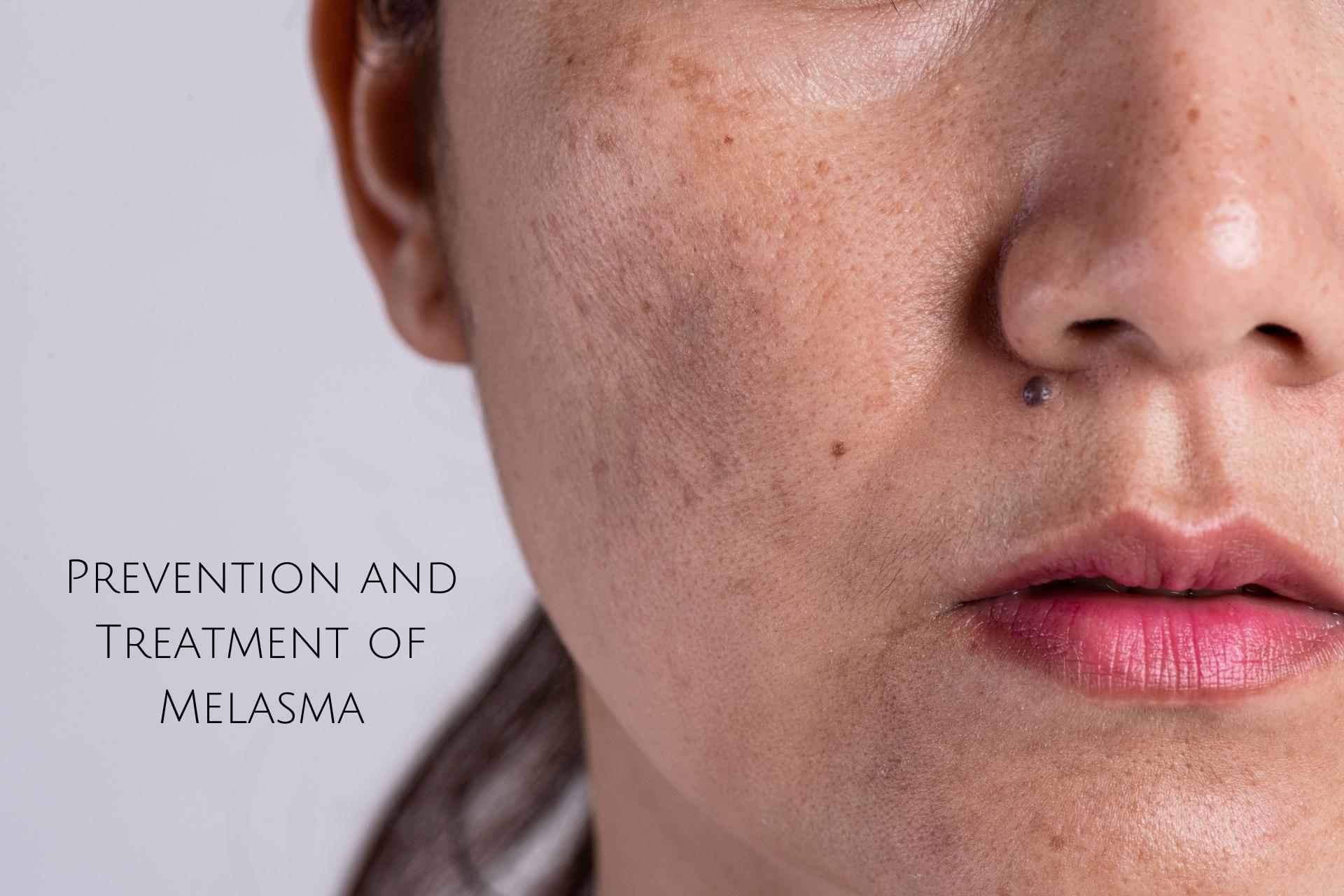
Sun and visible light protection
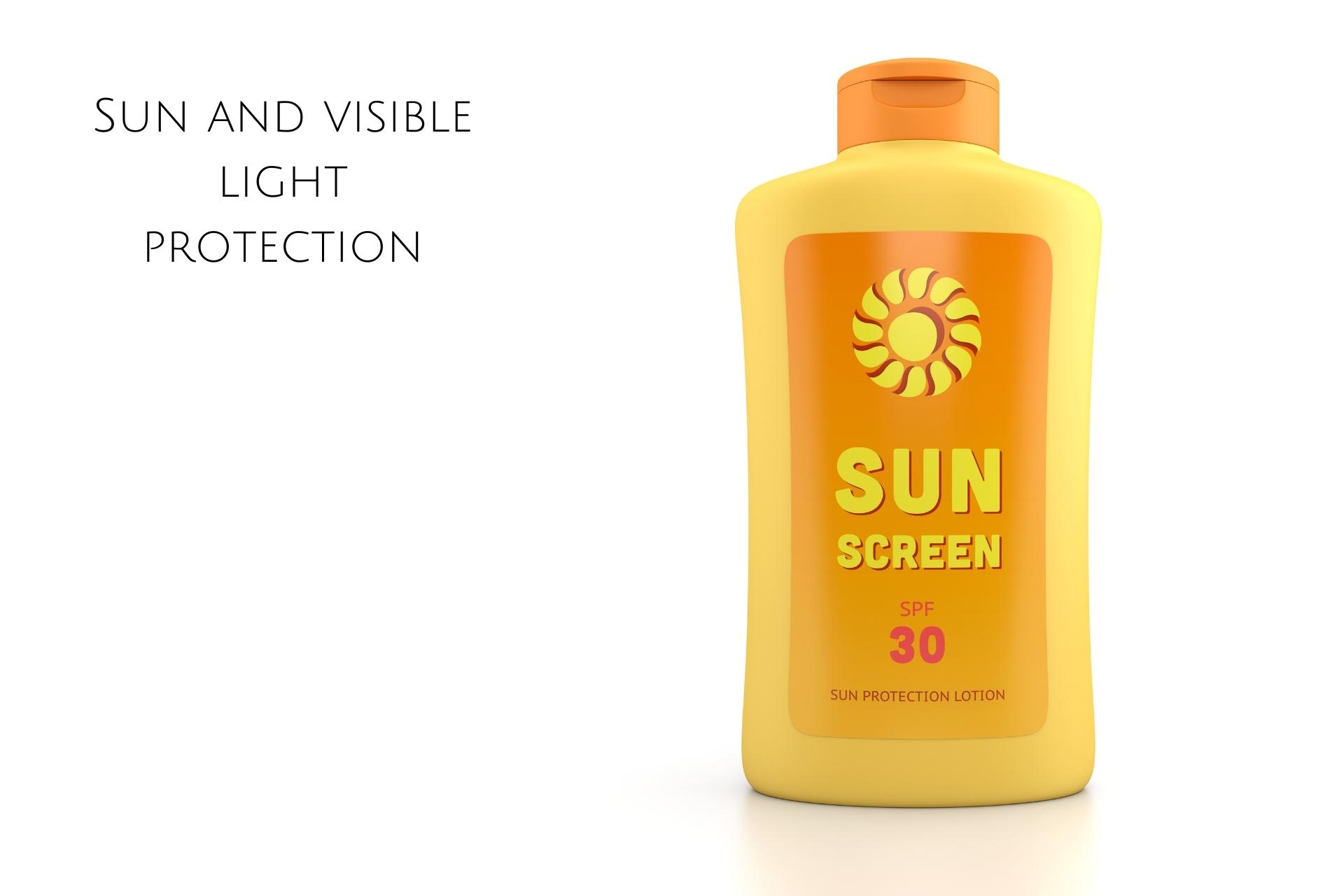
Melasma's sensitivity to UV rays is what makes sunscreen so important. SPF30 sunblock’s help protect people from this harm, but physical options may help reduce the intensity of a dark spot. I recommend wearing sunscreen daily year-round for that reason. The derma Blend foundation has a lack of shine, so you don't need to worry about it blinding on camera. It also contains all-natural ingredients which just makes it that much better!
Non-estrogen-based birth controls, if desired
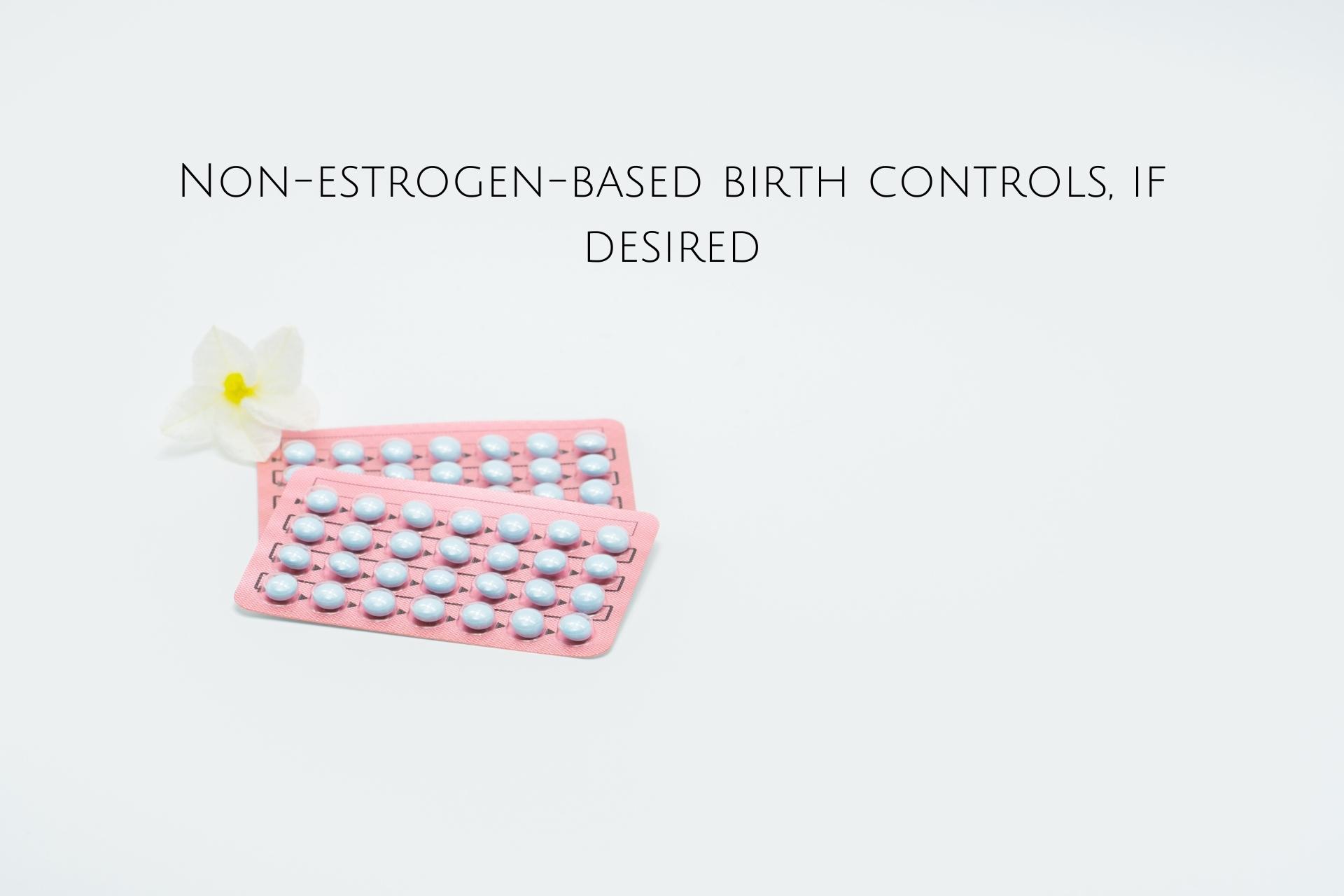
By avoiding the use of estrogen in your birth control, you can help prevent some symptoms of melasma because estrogen increases the production of melanin. It may not lead to complete resolution, but it will certainly be a noticeable improvement. This decision should be made with guidance from your doctors because the different options you have can vary in how they'll affect your skin, such as hormonal birth controls. They can also adjust the options you're given so it's best for your reproductive needs.
Topicals

There are plenty of different types of products that can help to minimize discoloration in the skin, such as antioxidants, retinoids, and color correctors. Daily use of these topicals may help to lessen the appearance of melasma. Prescription strength hydroquinone can be used to improve a spot but should only be used under the supervision of a board-certified dermatologist- as it could worsen your pigment over time. Using it too frequently could make this difficult to reverse.
Oral therapy
For people with severe melasma, oral tranexamic acid is a viable option that has been shown to be quite effective but only if you are able to discuss the risks and benefits with your board-certified dermatologist.
Chemical peels
Chemical peels, like the ones in this list, can make a difference in the appearance of melasma. These should be done under expert guidance as they can leave skin very dry & sensitive.
Lasers
Safe lasers can be used to help improve melasma, but they should be avoided and covered with clothing or dark glasses. Melasma flare ups may occur if using a light source like the laser.
Conclusion:
Melasma can range from a square, if it is dark and uneven, to a wide shape such as rectangle. It can be challenging to decide where the line is because some people may only have one shade of hyperpigmentation while others may have two shades. Hyperpigmentation is a common skin condition where darker areas of skin become excessively dark. It can be caused by several things such as chronic conditions, pregnancy, or cancer treatments. Sun protection, pore-regulating formulations, and laser treatments have a positive effect on each of acne, rosacea, and hyperpigmentation. A similar approach to each condition will improve it in the long run.
Recent Posts
-
The Importance of Healthy Hair in Beauty
Having healthy and vibrant hair is a key element of overall beauty and self-confidence. While skinca
-
How Does Double Cleansing Benefit Your Skin?
We all know the importance of cleansing our faces, but have you heard of the double cleanse? This tw
-
How can i prevent my skin from anti agining?
In the eternal pursuit of maintaining youthful and radiant skin, the key lies in adopting a holistic

